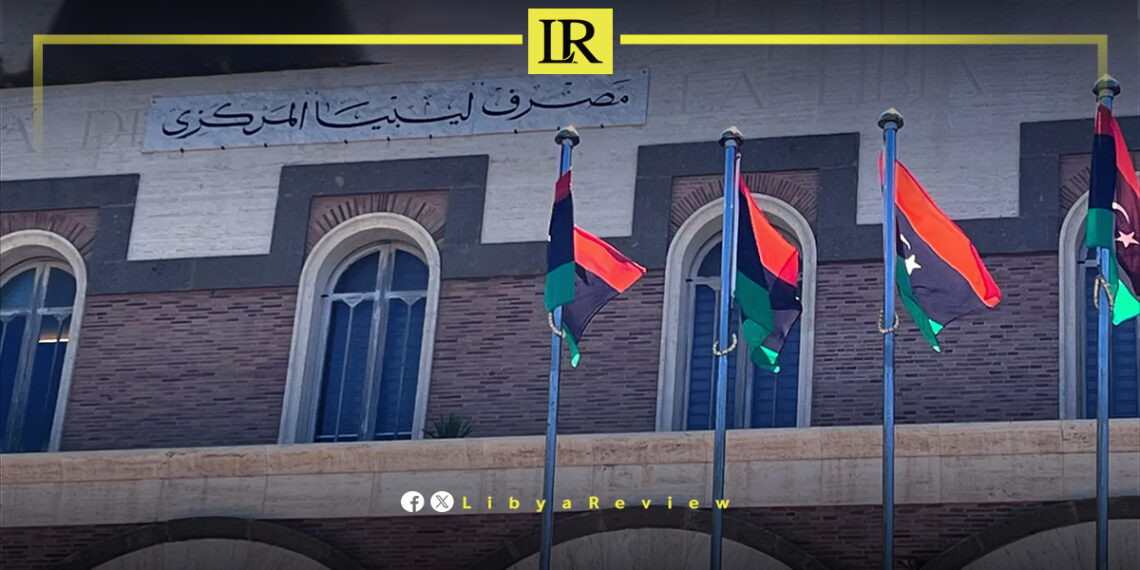The Central Bank of Libya (CBL) published its financial report detailing the country’s revenues and expenditures from January 1, 2024, to September 30, 2024. Libya’s total revenues for the period amounted to 72 billion Libyan dinars, while total expenditures were slightly lower at 70.3 billion dinars, reflecting a narrow surplus of 1.7 billion dinars.
The primary source of revenue came from oil sales, which generated 59.6 billion Libyan dinars, representing the backbone of Libya’s income. In addition to this, oil royalties contributed another 10 billion dinars. Revenues from taxation amounted to 1.3 billion dinars, while telecommunication services and local fuel sales brought in 125 million and 32 million dinars, respectively. Other revenues, categorized under miscellaneous sources such as public services, fees, and fines, added 800 million dinars to the total, reflecting a diverse but smaller portion of the revenue stream.
On the expenditure side, salaries and wages under Chapter 1 were the largest expense, totaling 43.1 billion dinars. Operational costs under Chapter 2, categorized as administrative expenses and government running costs, amounted to 5.4 billion dinars. Development spending, which falls under Chapter 3, totaled 325 million dinars and mainly funded infrastructure projects. Subsidies, allocated for sectors such as energy and essential goods, cost the government 12 billion dinars, categorized under Chapter 4. There was no spending listed under Chapter 5, reserved for emergency funding.
Exceptional budget allocations were also notable in the report. The National Oil Corporation received 6.3 billion dinars in exceptional funds, while the General Electricity Company of Libya was allocated 3.1 billion dinars to address the country’s ongoing power sector challenges.
In terms of foreign currency uses, the report highlighted $4.034 billion spent by the state, with key allocations for the National Oil Corporation ($181.1 million), medical supplies and disease control ($241 million), and reconstruction projects in Eastern Libya ($950 million). Private sector and individual use of foreign exchange, through bank credits and personal transfers, amounted to $14.2 billion, reflecting high demand for foreign currency in the local market.
This financial summary from the CBL underscores the ongoing reliance on oil revenue, while also indicating a delicate balance between revenues and high expenditure in critical areas such as salaries and subsidies.


